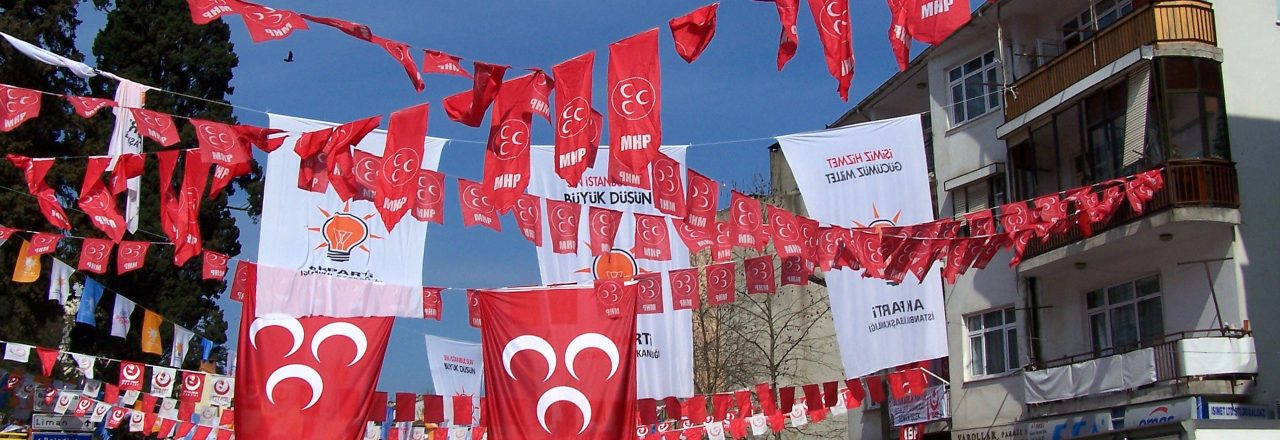
Turkey’s local elections show Erdogan’s AKP party’s influence fade
On 31 March, 84% of Turkey’s population attended to cast their votes for municipal elections. The main parties depicted were President Erdogan’s Justice Development Party (AKP), which formed a joint People’s Alliance with the Nationalist Movement Party (MHP), and the Republican People’s Party (CHP), which entered some of the races under the Nation Alliance banner jointly with the İYİ Party. The ruling AKP suffered a setback in elections in the context of Turkey’s first recession in a decade with high inflation, soar of interest rates and rising unemployment, enduring with a devaluated lira which lost as much as 40% of its value against the US dollar last year. The AKP-led alliance won more than 51% of the vote, however pending official results, it is said to have lost control of the big cities, including the capital of Ankara where the CHP candidate was on nearly 51% and the AKP candidate had won the support of just over 47%. Both CHP and AKP claimed victory in Istanbul but it’s the CHP that won with 48.8% of the vote making Ekrem Imamoglu the new mayor of the country’s largest city and economic center. In Izmir, the third largest city, CHP candidate Mustafa Tunc Soyer led with 58% while AKP’s candidate stood at 38.5%. While CHP leader Kemal Kilicdaroglu said that “The people have voted in favor of democracy. They have chosen democracy,” President Erdogan commented the results on Sunday and looking ahead to national elections in 2023 he said that “[we] have a long period ahead where we will carry out economic reforms without compromising on the rules of the free-market economy.” The AKP alleged “invalid votes and irregularities in most of the 12.158 polling stations in Ankara” and challenged the results in Istanbul and the eastern province of Igdir. It is now to the country’s Supreme Election Council to recount votes, for which it already partially rejected the appeal from the AKP to recount all votes in Istanbul except for 51 ballot boxes in 21 districts.
- The Euromed news are edited by the team of the Euro-Mediterranean Policies Department of the European Institute of the Mediterranean -


